When one gets as much pleasure as I do
derives so much pleasure from designing a building and getting it built
one can understand why I find it impossible to describe in
analysis or rules to describe every step precisely
I’m pretty sure that it’s impossible to describe architecture in words
I have always enjoyed visiting buildings
but didn’t like reading explanations about them
Architecture cannot be explained in its entirety, it must be experienced
–Geoffery Bawa

The essence of the shift from the twentieth to the twenty-first century is the end of architecture and the beginning of the development of the courtyard. Geoffery Bawa was a key figure in this period of great influence.
The modernist architecture that swept the world at the beginning of the twentieth century was simply a movement to give form to the ‘age of architecture’, which began at a time of technological breakthroughs and population explosion. The best answers to the question of what form to give to architecture in the “age of architecture” were given by two giants, Corbusier and Mies, who used the materials of concrete, steel and glass to suggest a rational approach to architecture for the “age of architecture”. The foundations of twentieth-century architecture were laid.
The industrial revolution blossomed in the form of modernism. By giving order to architecture, based on certain rules and standards, it was possible to reproduce it automatically, while Renaissance and Modernist architecture, the products of the “age of architecture”, were produced in similar circumstances, giving it “beauty”. “The biggest problem with this approach is that it is a way of creating a large number of buildings that automatically give them beauty. The biggest problem with this approach is that in such buildings the courtyard becomes an inherently special place, separate and independent from the building.
Bava became known to the world very late in life. From the outset he was a loner, the youngest son of a prominent Muslim lawyer, whose family and pedigree certainly brought him close to the pluralistic traditions of his homeland and even to Western civilisation, and had led him to search around. At least until he was thirty, he could not have imagined that he would have a relationship with architecture. Unwilling to be a vegetarian on the outside of architecture, he went to England to study architecture after a brief local apprenticeship. He returned five years later, when he was 38.
Bawa’s love of gardens – not a passing thought – was in fact reflected in the large number of Italian gardens of the Baroque era that he visited during his studies in England. One of the most distinctive aspects of Bawa’s work is his sensitivity to the landscape and his ability to grasp its charm and make it the backbone of his entire design. Take the Heritance Kandalama hotel by the Lion Rock, for example, which is being planned for the Sri Lankan World Heritage Site of Sigiriya. A few miles away, a site was found with a mountainous backdrop facing the lake. This move can be interpreted as a genuine native consciousness on the part of the architect, who did not monopolise this natural cultural heritage from a tourist perspective.
Following Corbusier’s credo that ‘the plane is the engine’, Bawa’s plan is based on function, and his plan is compact and unobtrusive; once derived, it diffuses and co-exists with the environment, and the relationship between architecture and nature is more like a random collage, and not the kind of collage that post-modernist architects were intent on invoking, but rather a witty presence, a self-contained part of the courtyard. It is a self-explanatory part of the courtyard.
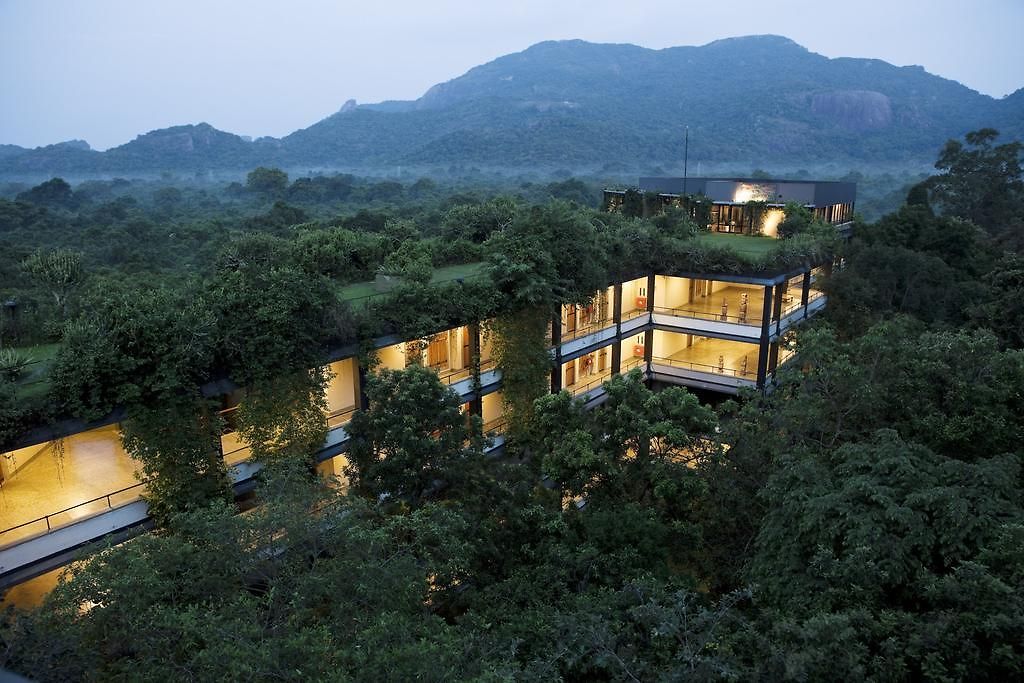
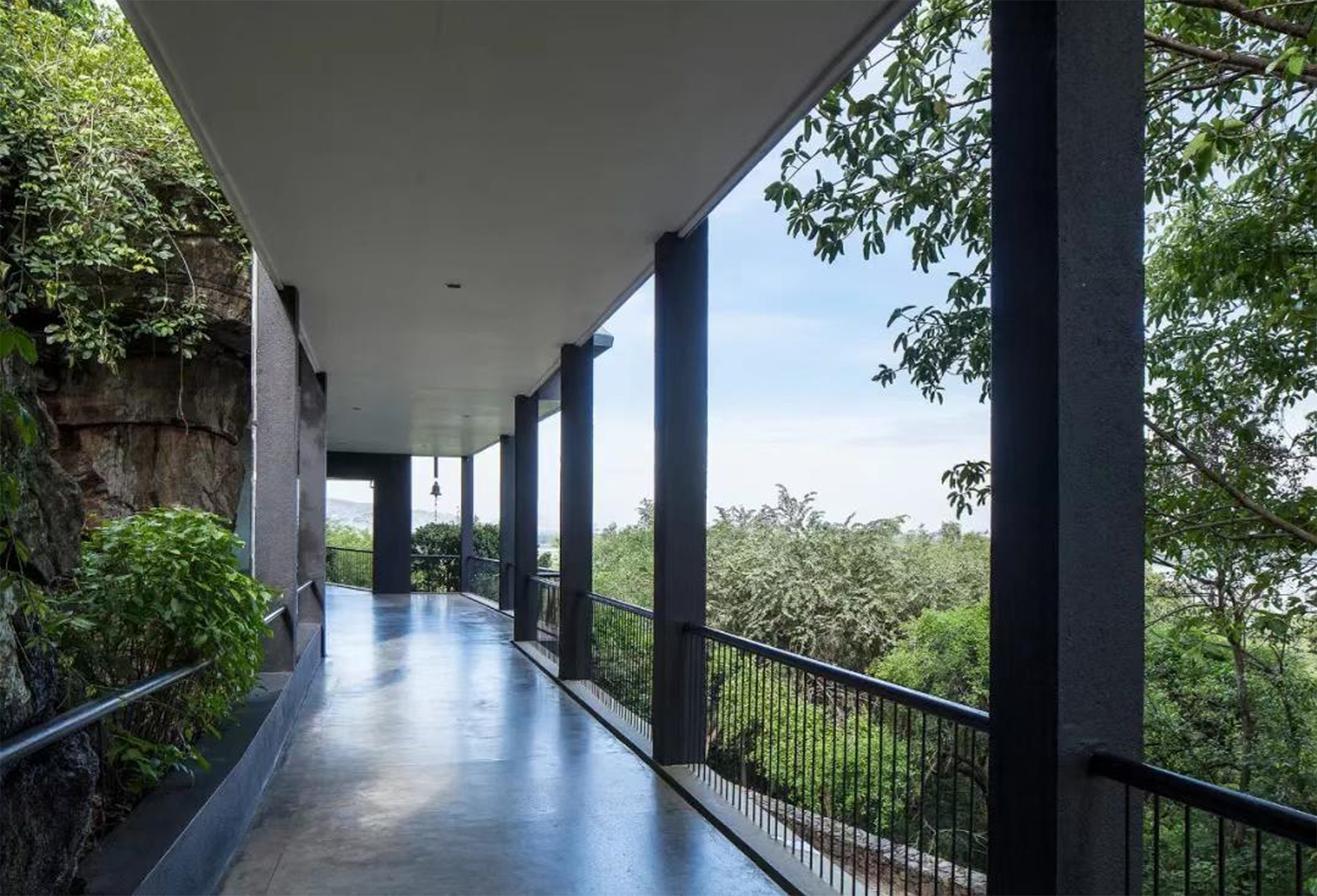
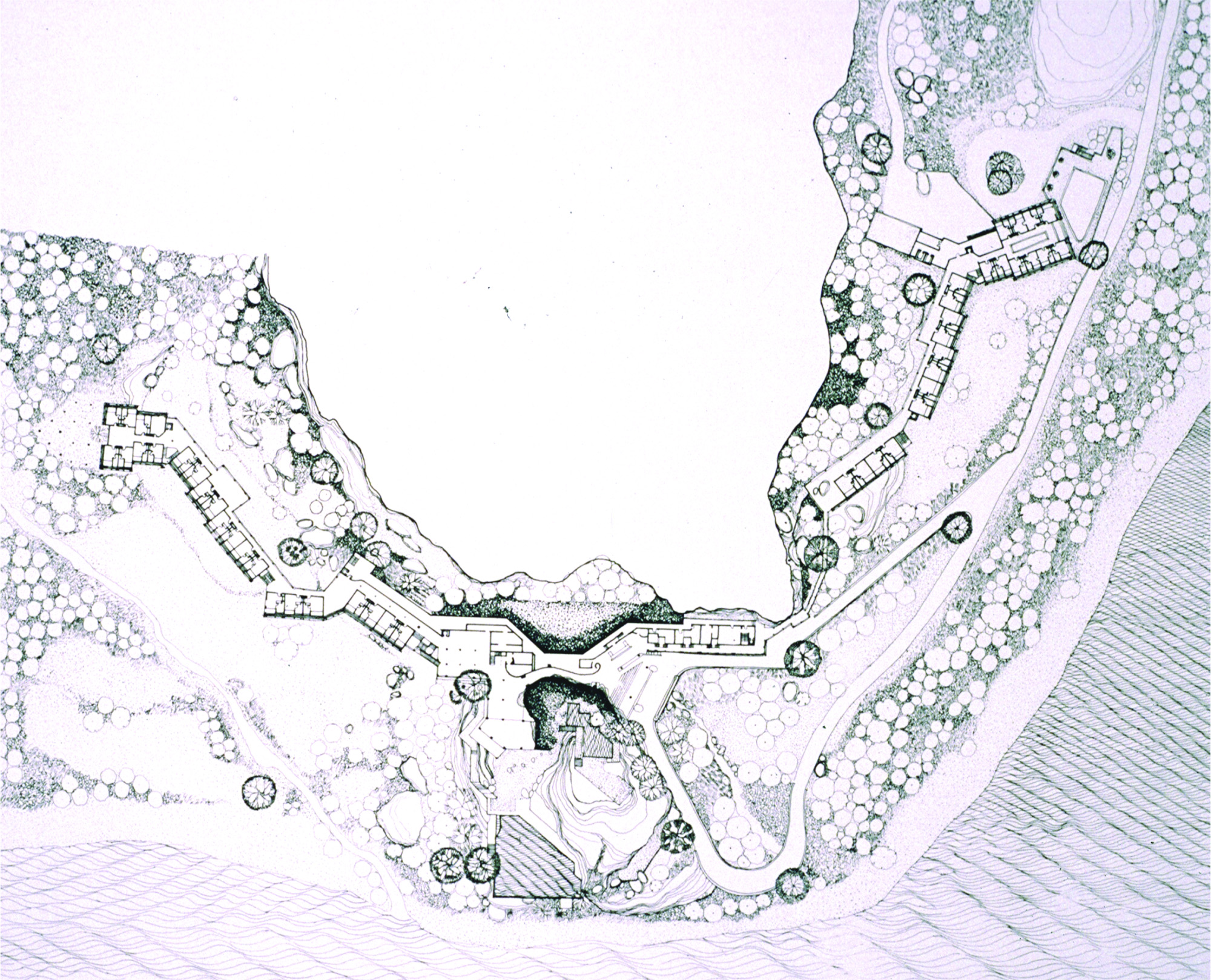
The most iconic of Bawa’s early works, the Self House (33 rd Lane), is a perfect example of this. In the muggy South Asia, with its winding lanes and shadows, the whole texture is different from that of a Western city, and the way Bava ‘developed’ it is similar to the way people buy property in the East – he first rented one of the four adjoining houses and converted it to create a basic layout for living and working. He first rented one of the four adjoining houses and converted it to create the basic layout for living and working; only then did he acquire the other four. It is interesting to note that he did not tear them down, but rather made a kind of fine-tuning, taking a dining room, a new sitting room and a library out of the original layout and creating a few gardens. The modesty of the exterior makes the interior surprising and unobtrusive, like a garden maze.

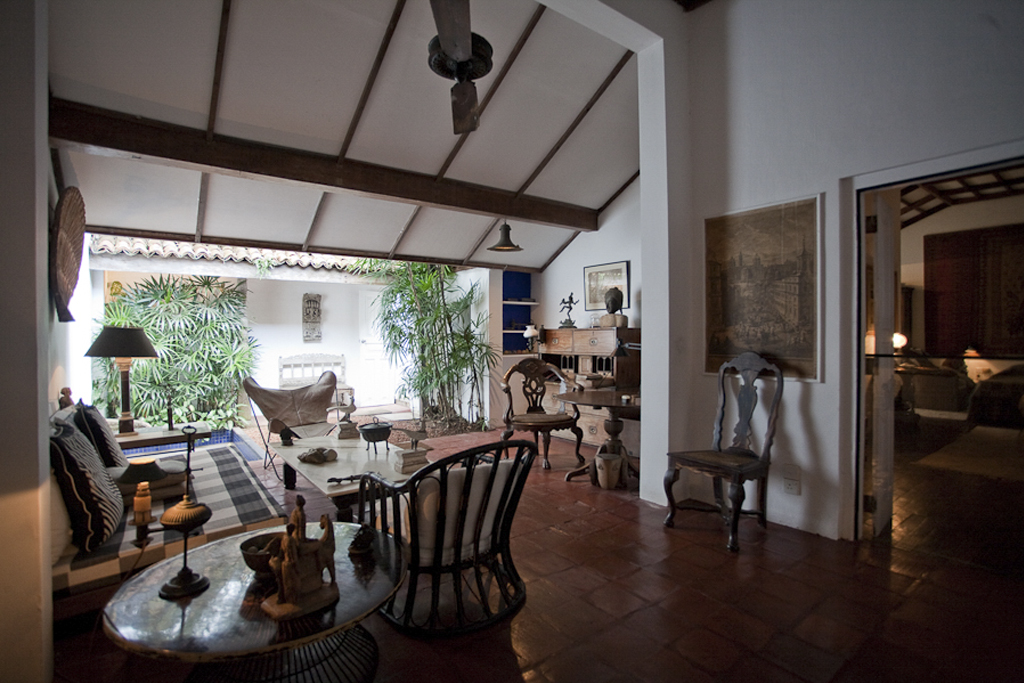

At Lunuganga in Bawa, where the buildings are scattered throughout the grounds and organically integrated into the site, I believe he must have visited Wright’s Taliesin East during his travels in America. From an architectural point of view, it looks like a collection of pavilions scattered throughout the courtyard, a kind of murmuring presence, a murmuring presence that is the most powerful criticism of a heavy, formal system. The interiors are like antique shops, which are often outside the economic system and not part of the present time. Bawa’s architecture is that kind of free existence, a criticism of the system, so to speak.
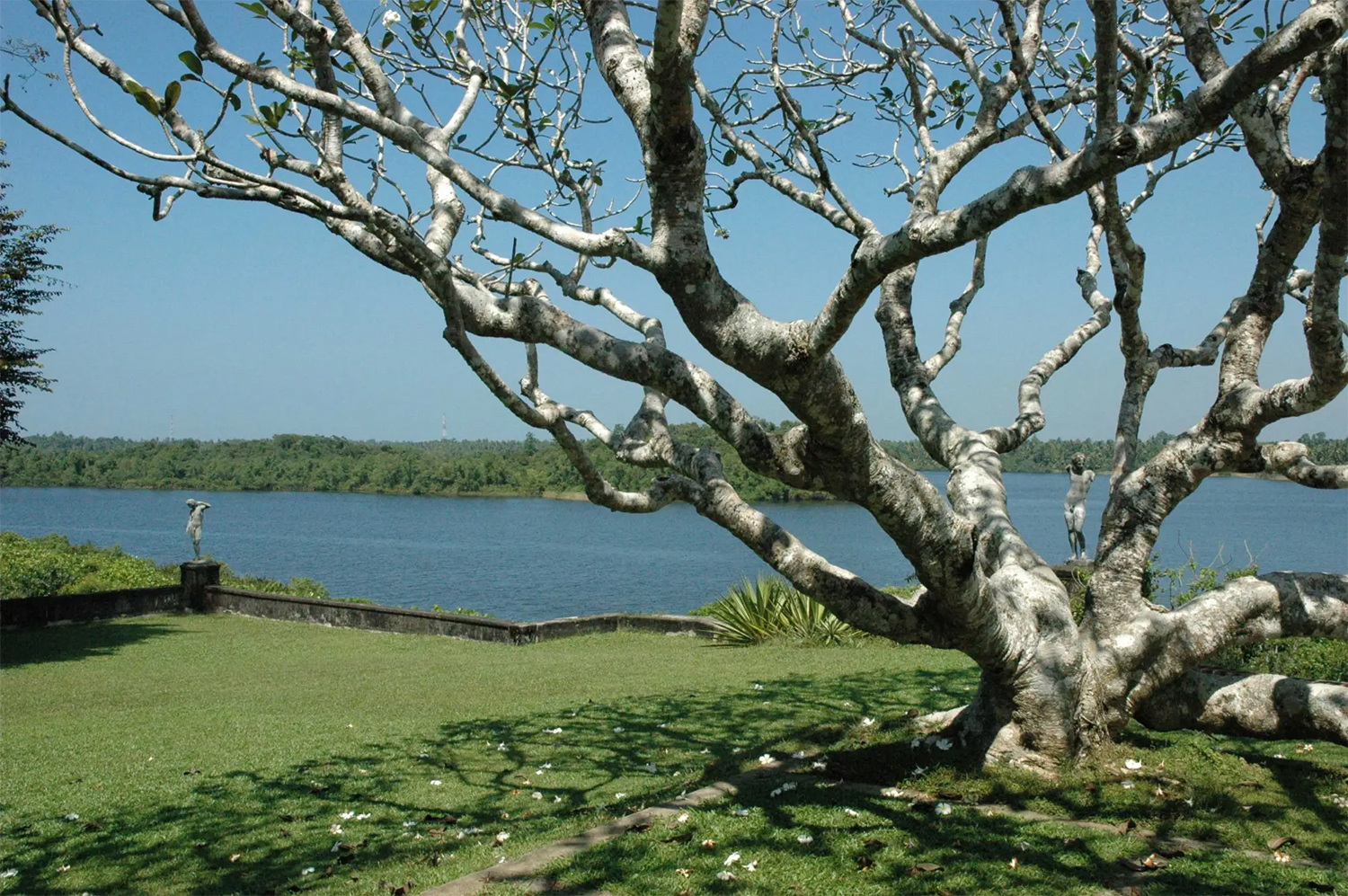

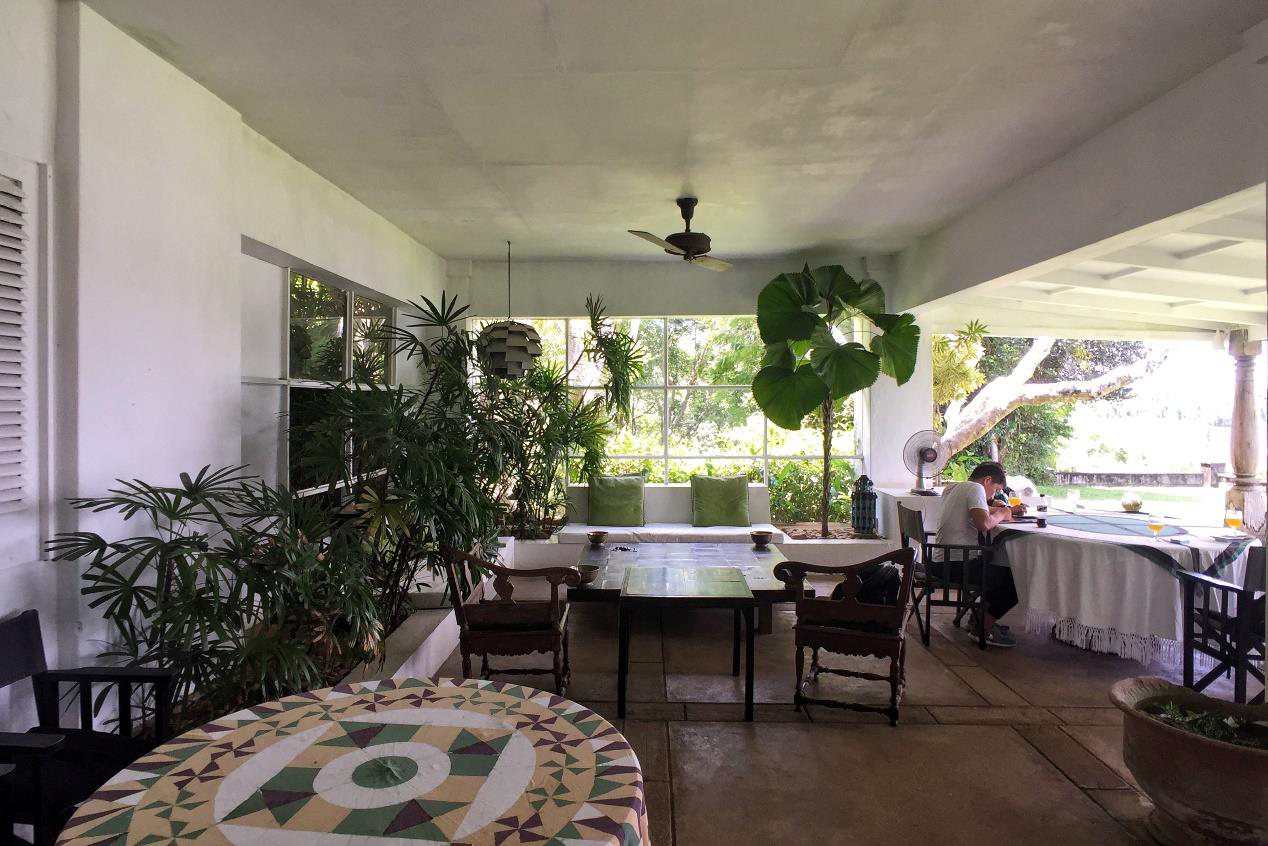

In the twenty-first century, the ‘age of architecture’ has ended and the ‘age of the courtyard’ has arrived, and after the Renaissance, Modernism and Post-Modernism, people are turning their attention to the courtyard. Geoffery Bawa unwittingly put a stop to this ‘age of architecture’ because he stood outside the modern system, outside the European and American institutions.

As a result, the ‘age of the courtyard’ began with Bawa, and a variety of movements were born that had a huge impact, such as Adrian Zecha’s (founder of Amman Hotels) inspiration from Bawa’s architecture to create a series of famous Amman resorts, which would not have existed without Bawa. Farther out to sea than Sri Lanka, Bali, Bawa and Adrian met and from here began a new era of twentieth century architecture. Aman changed the definition of the hotel, leaving behind the institution of architecture, and the Bawa and Aman schools of thought began to have a huge impact on the definition of the home, the Western European versus non-Western European, centre versus periphery constructs began to dissolve in the Bawa school. In the tropical courtyard, there is no opposition, no criticism, just all melting and decaying together. Bawa not only paves the way for a viable architecture in Sri Lanka, but also offers a timeless revelation to all third world architects around the world who appear to be backward, but are in fact full of vibrant and miscellaneous material.
Bawa, who stood on the outside and let it all begin to change, is simply the man who stood alone in the courtyard and out of the solitude of the sea everything was born.
